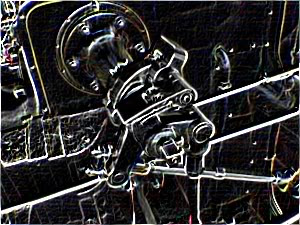Overview of the Course
The Intermediate Computer Graphics course was taught by Dr. Andrew Hogue. He has stated that this course was going to be difficult, but any course with Dr. Andrew Hogue was always going to be challenging.
While the Introduction to Computer Graphics, taught by Dr. Richard Pazzi, course did introduce us a little about shaders, this course focused more on how the graphics pipeline works, and how to create lighting, shadow, and other great shader effects using the graphics pipeline.
The content that were taught in this class were:
- Introduction to course, review of graphics pipeline
- Intro to Shaders
- Lighting & Shadows
- Full Screen Effects/ Post Processing
- Normal Mapping, Lightmaps
- Ambient Occlusion
- Particle systems & post-processing
- GP-GPU/CUDA
Dr. Andrew Hogue also requested students to tweet him what they are interested in learning. As a result:
- Deferred Shading
- Screen Space Ambient Occlusion (SSAO)
- Godrays
were also taught to the class by Dr. Andrew Hogue.
The tutorials were taught by Daniel Buckstien, a student taking his master's degree. Daniel Buckstien taught the tutorial extremely well. He showed the result of his work on the first tutorial class, and it was amazing. He showed the class dual quaternions, and many other great examples in his programs. He has a thorough knowledge of the concepts and is able to answer and help any students with many problems in their code.
Overall the course is indeed quite deep with lots of concept and detail, but I enjoyed the class with a great professor and a great tutor teaching this course. Both the professor and tutor teaching this course this semester were interesting.






















